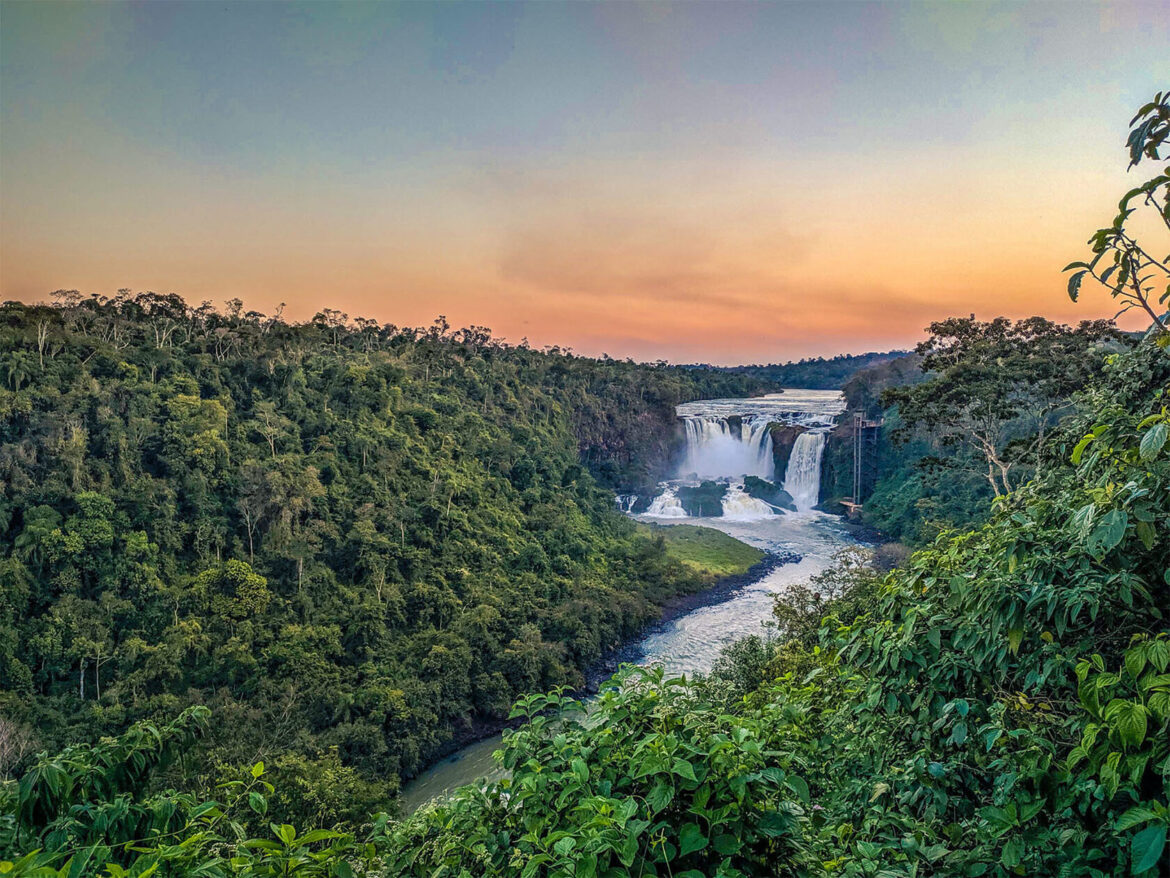Paraguay is one of the least-visited countries in South America — and that’s precisely what makes it so fascinating. Tucked between Brazil, Argentina, and Bolivia, it lacks the towering Andes or tropical beaches that define its neighbors, yet it possesses a quiet charm all its own. This landlocked nation is a place of wide rivers, colonial towns, untouched wilderness, and warm, welcoming people. For travelers seeking authenticity and adventure off the beaten path, Paraguay is a hidden treasure waiting to be explored.
The Heart of South America
Known as the “Heart of South America,” Paraguay sits at the continent’s center — geographically and spiritually. Its capital, Asunción, is one of the oldest cities in South America, founded in 1537. Unlike other capitals filled with traffic and crowds, Asunción maintains a relaxed rhythm, with leafy boulevards, colonial buildings, and a vibrant café culture.
Visitors can stroll through the historic downtown, where landmarks like the Casa de la Independencia tell stories of Paraguay’s fight for freedom from Spanish rule. The Palacio de los López, the presidential palace, stands as an elegant symbol of the city’s colonial heritage, especially when illuminated at night. The Costanera de Asunción, a scenic riverside promenade along the Paraguay River, is perfect for evening walks and watching the sunset over the water.
A Blend of Cultures
Paraguay’s culture is a unique mix of Spanish and indigenous Guaraní influences. In fact, Guaraní is one of the country’s two official languages and is spoken by the majority of the population. This blend is reflected in the music, cuisine, and everyday life.
Traditional Paraguayan music, such as the harp-filled polkas and guaranias, fills local festivals and gatherings. The cuisine is hearty and simple, with dishes like sopa paraguaya (a cornbread-like cake made with cheese and onions) and chipa, a cheesy bread enjoyed across the country. On hot days — and there are many — locals sip tereré, a cold herbal tea similar to Argentina’s mate, shared among friends as a symbol of hospitality and friendship.
Nature and the Great Rivers
Paraguay is a land shaped by its rivers — the Paraguay and Paraná — which divide the country into two distinct regions: the lush, populated Oriental Region in the east and the remote Chaco in the west.
In the east, rolling green hills and fertile valleys dominate. The Itaipú Dam, on the border with Brazil, is one of the largest hydroelectric plants in the world and a marvel of engineering. Visitors can take guided tours to see its massive turbines and enjoy the surrounding wildlife reserves.
Nature lovers will also find plenty to explore in the Ñacunday National Park, home to the impressive Ñacunday Waterfall, and the Ybycuí National Park, with its rainforest trails and butterfly-filled paths.
The Paraguayan Chaco, covering nearly 60% of the country’s territory, is an entirely different world — an endless plain of scrubland, thorn forests, and wetlands. It’s sparsely populated, home to Mennonite colonies, indigenous tribes, and some of South America’s most unique wildlife, including jaguars, capybaras, and rheas. The Chaco’s vastness and isolation make it a destination for adventurous travelers seeking something raw and unfiltered.
The Jesuit Missions
One of Paraguay’s most remarkable historical treasures lies in its Jesuit Missions, established in the 17th and 18th centuries. These settlements, known as reducciones, were built by Jesuit priests who sought to protect and educate the indigenous Guaraní people.
The ruins of Trinidad del Paraná and Jesús de Tavarangue, both UNESCO World Heritage Sites, stand as haunting reminders of this unique experiment in communal living and faith. Walking among the red stone walls, intricate carvings, and open plazas, visitors can imagine the once-thriving communities that existed here more than 250 years ago.
Adventure and Ecotourism
Paraguay’s relative lack of mass tourism is one of its greatest advantages for eco-travelers. The country offers opportunities for birdwatching, kayaking, and wildlife photography without the crowds. The wetlands of the Pantanal Paraguayo, shared with Brazil, are among the best places in the world to spot exotic species like giant otters and hyacinth macaws.
For those seeking cultural encounters, visiting the Mennonite colonies in the Chaco offers a fascinating look at a self-sufficient farming community living in harmony with one of South America’s harshest environments.
Practical Information
Best time to visit: The dry season, from May to September, offers pleasant temperatures and easier travel conditions.
Getting around: Paraguay’s roads are improving, but remote areas require 4×4 vehicles. Buses are the main mode of transport between cities.
Currency: Paraguayan Guaraní (PYG).
Language: Spanish and Guaraní are official; English is spoken in tourist areas.
Safety: Paraguay is generally peaceful, though travelers should take standard precautions in urban areas.
A Hidden Beauty
Paraguay may not boast the fame of Machu Picchu or Iguazú Falls, but it offers something increasingly rare — authenticity. It is a place where travelers can engage with local culture, explore pristine landscapes, and experience South America without filters or crowds.
From the colonial charm of Asunción to the haunting silence of the Chaco, from the flowing rivers to the Jesuit ruins hidden among the trees, Paraguay invites visitors to slow down and discover its quiet wonders.
For those willing to take the road less traveled, Paraguay rewards with genuine smiles, living traditions, and an unforgettable sense of discovery. In this overlooked heart of South America, adventure is not found in grand monuments but in the simple, unspoiled rhythm of life itself.


